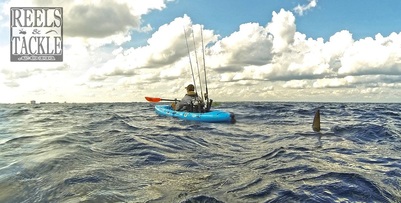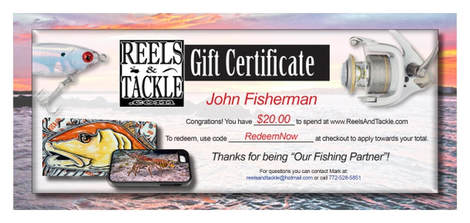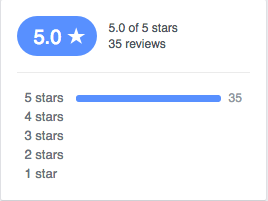Finding them is half the battle. While anglers usually locate fish while they are under water, pompano can be found above the water. I bet you’re scratching your head after reading this. What I mean is, pompano will literally jump out of the water, sometimes a few feet, and skip sideways on the surface, like you used to skip a stone as a kid in a pond. If you are attentive enough as you are paddling or peddling around, you may hear them skip behind you in your wake which drastically cuts down on your search time. Keep in mind that mullet also jump out of the water but do not necessarily “skip”. Watch or listen for that second or third bounce on the water to confirm that it’s a pompano. Recently as I was fishing in my kayak, stationary, and out of nowhere, a pompano skipped on the surface away from me. After throwing my jig in its direction several times I gave up, only to have two more big ones skip away from me like saucers, almost mocking me. Shaking my head in revolt after my failed attempts to lure them in my craft, I decided to call it a day, pompano-less.
2. Water color
There have been days (not recently) in our area of the Treasure Coast where the water has been so crystal clear that you can search for silver flashes in the water, helping you find them a bit easier as the sun glares off of their silver sides. If you have the ability to stand up and get higher in your kayak, you have a greater chance of seeing them, especially if the water is clear. Remember to keep the sun to your back and have a good set of polarized sunglasses to help cut down the glare. Also keep in mind that as well as using their noses to sniff out their food, they are tremendous sight feeders, hence the psychedelic colors that we often use on surf rigs, floats, and jigs that will catch their attention – we’ll get into that in a bit. So basically, if you are going after pompano, you’ll have better chances if the water is clear; you’ll be able to see them easier, they’ll be able to see your bait easier, and you’ll be a happy camper when dinner time rolls around.
Although here on the Treasure Coast you will catch pompano from time to time year round, you’ll increase your possibilities greatly by going in the “winter” in Florida. By winter I mean when the water temperature drops to that chilly but magical number of 68. I wish I kept a log of the days I cleaned up and caught my limit in under an hour but I bet the temps were close to this number. If our water temp is higher than this then most likely the pompano are further north. As the winter months roll around and cool down the water temps, the pompano will migrate south in search of this comfortable environment.
4. Lures
Unlike surf fishing, the conventional way to catch pompano out of a kayak is not with bottom rigs, floats, and weights but with artificial lures. These usually range from banana shaped jigs, jigs with nylon skirts, soft plastics and artificial shrimp. Most commonly I like to throw a Captain Joe’s jig or Doc’s Goofy jig ranging from 1/4 to 1/2 ounce in weight, depending on the tide, wind, and depth. I have to credit my dad for being a major influence for waiting for the yearly thrill and hunt for the silver fish, and a few times per season he will fly down from Pennsylvania to chase them down with me, bringing along a few hundred teaser flies that he ties from stainless steel hooks and marabou feathers. These teaser flies, paired with a jig, is one of my go-to rigs in what Dad and I like to call, pompano candy. Preferably I’ll tie a loop knot and slide the jig on, followed by the teaser fly with the hooks pointing the opposite direction, this will give two points of contact at any direction a fish hits it rather than one. First letting it drop to the bottom, we proceed to bounce it off the bottom, changing depth according to where our hits are coming from, most of the time the pompano will be below the ladyfish.
5. Structure
The areas here on the Treasure Coast have some great spots for pompano, when they’re here and running. Usually anywhere near one of the inlets where it will get fresh, clean ocean water (read above about water clarity) and a good moving tide are some of the areas I will target. If you can find any channels, potholes, or other changing impressions along the bottom it may be a good spot that can channel food and crustaceans that the pompano like to chow down on. If I’m using jigs I’ll work the deeper areas of the channels, if soft plastics, I’ll throw them along channel edges or through potholes, which pompano also like to school up in.
Pompano can certainly be a finicky fish to find and catch, and there is definitely more information out there for you to hone your skills on and more consistently catch these delicious tasting fish. With that said, it’s time to get out and do some more R&D! Tight lines and God bless.

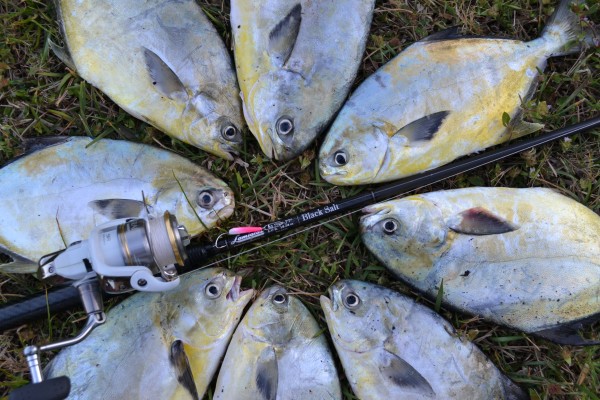
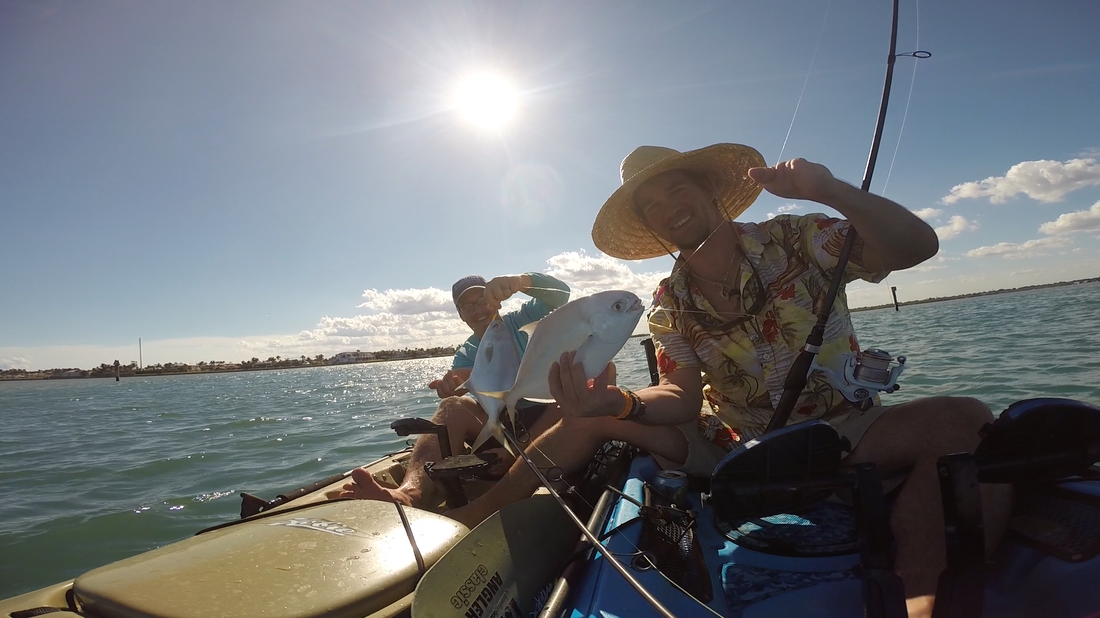


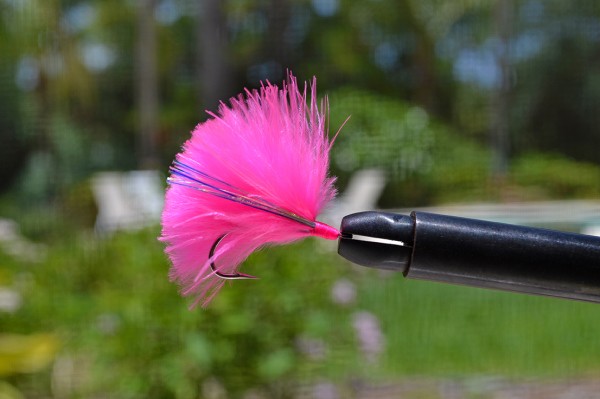

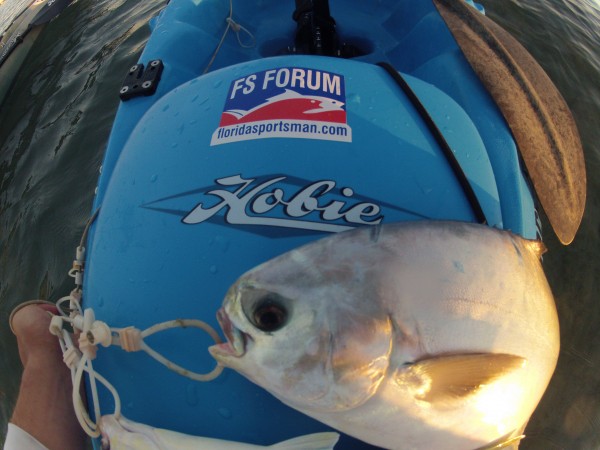


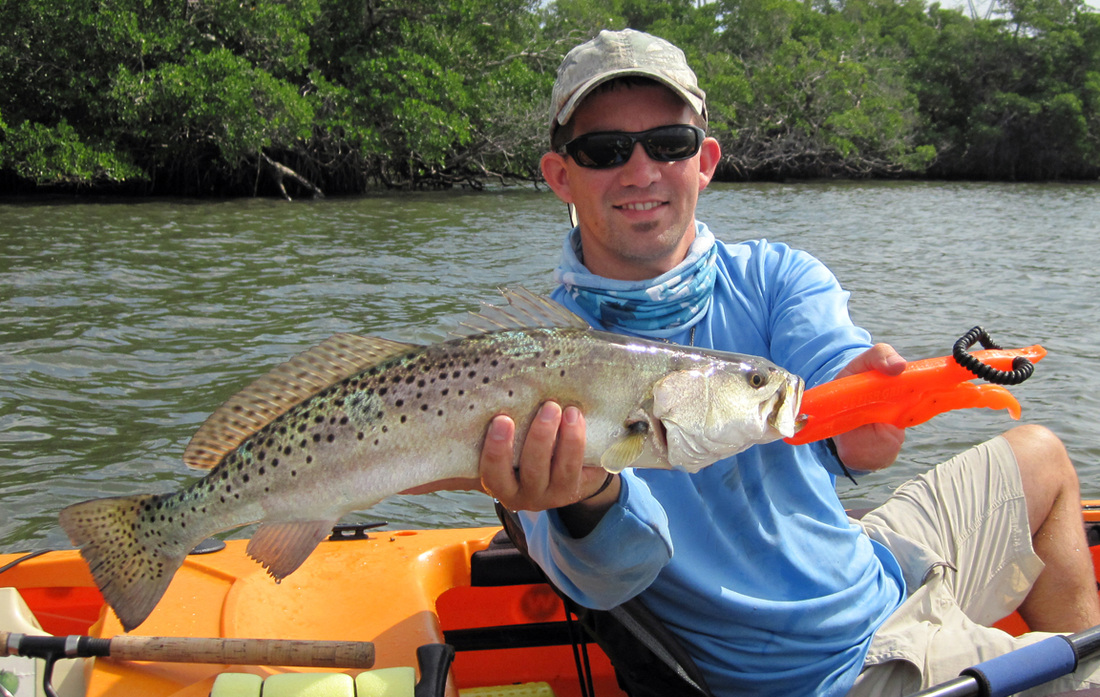

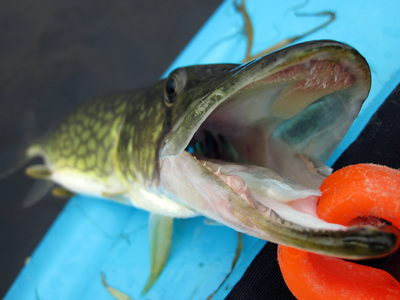
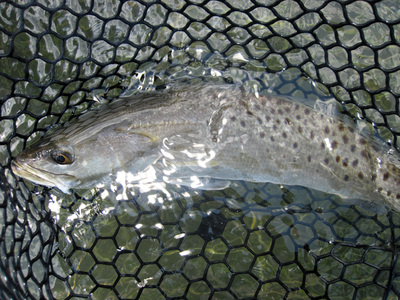

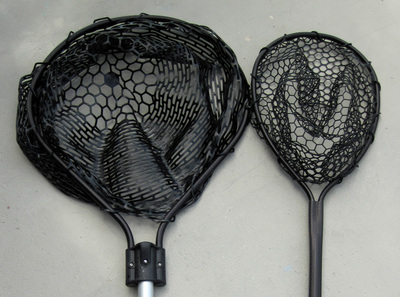
 RSS Feed
RSS Feed

